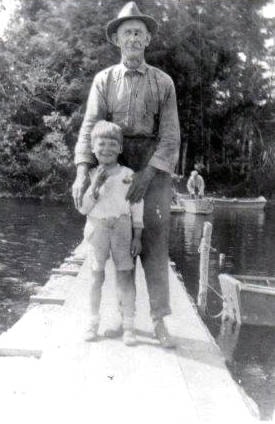Elida Peers | Contributed
Our region has never been short of characters, as Europeans reached out to immigrate, settling in far off lands. One such was Britisher Harald Hewitt, who first arrived in East Sooke in 1912, coming to a house built for him by the Richardson brothers. Much later, this property became known as Chipperfield Farm.
Though born to a life of privilege in the British gentry, Hewitt chose a path that was a mixture of adventure and social protest, combined with a love of nature and appreciation of the outdoors.
In 1899 he had fought in the Boer War, enlisting in the South African Light Brigade. He next tried his hand at mining in Australia, obtained property in Canada, and went to Africa to do missionary work, but those ventures were short lived.
In 1913, back in England, he took part in an incident at Ascot, which resulted in his incarceration. He was a sympathiser with the suffragette movement, and in support of the movement that was then gaining international force, had rushed out in front of the King’s Horse at Ascot. Injured by a kick in the head delivered by the lead horse, he was considered unstable and placed in an institution.
The next year he managed to escape and came back to live on the East Sooke property he had established. East Sooke was sparsely settled at that time, but neighbours down the road included the Alexander Gillespie family, at Glenairley. Years later, a daughter of the Gillespies, Mrs. Sheila Anderson, told us she remembered him as “handsome as an Adonis and mad as a March Hare.”
During Hewitt’s time here, he focussed on planting an interesting assortment of ornamental trees, which included California Redwoods, a Cedar of Lebanon, ash, beechnut and an English oak grown from an acorn he said came from an oak at Buckingham Palace. Another plant he established was yellow gorse, which we now see spread out along our area of coastline, though not nearly as prevalent as the Scotch broom introduced earlier by Captain Walter Colquhoun Grant. A snake pit and a bird sanctuary also became part of his unique domain.
In this photo we see him with a youngster whose parents were also British, young Stuart Kitching, son of businessman Harold Kitching, who for a time in the 20s and 30s operated what had been the Throup General Store at Sooke’s main intersection.
•••
Elida Peers is the historian of the Sooke Region Museum.
